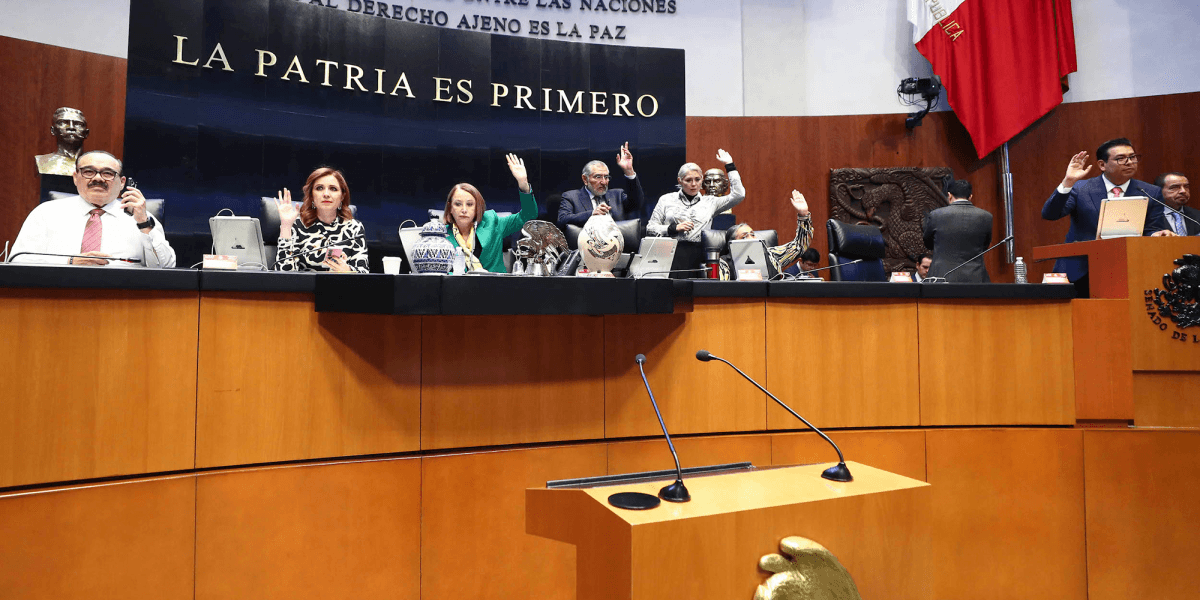Milei won, but the dollar remains strong: a dollar in hand is worth two in the bush.

In the two trading sessions following the elections , not only was the supply of dollars scarce, but demand remained strong. Yesterday, the talk among traders was the notable absence of the three main players who have played a key role in supplying the market in recent weeks: the Central Bank, the Argentine Treasury, and the US Treasury. Adding to the problem is the fact that some US$6 billion from agricultural export sales had already been advanced through the zero-export tax window during the election campaign, and now that supply will not be available until February.
On the government's side, it can be said that the demand for dollars should ease after Sunday's results. The electoral uncertainty has passed. However, pressure on the exchange rate persists, fueled by pesos flowing from other sources, such as the payments the Argentine Treasury will make this Friday for a dollar-linked bond issued a month ago for US$2.829 billion, during the height of the currency panic when it seemed that neither the Central Bank's intervention nor Scott Bessent's announcement of assistance would be enough. Yesterday was the date to set the dollar exchange rate at which that bond will be paid ( the wholesale rate closed yesterday at $1,470, meaning it will amount to approximately $4 trillion, which on Friday could be converted back into a bond or converted into dollars , in which case the dollar may remain in demand ).
Yesterday, another development also came to light. The Central Bank released its weekly balance sheet as of October 23, which shows that the pesos sold to the US Treasury are outside the banking system (approximately US$1.8 billion). In exchange, our Central Bank issued a bond to Scott Bessent, but it is unclear whether it is indexed to a rate or the exchange rate. At this point, what is known is that Bessent did not lose money.
Another reason why traders were saying yesterday that the dollar can't fall much further from its current level is that country risk remains high despite the phenomenal drop after Sunday. A 10-year bond issued by Bessent yields around 4% annually, while the equivalent bond issued by Luis Caputo yields close to 10.8% , almost 700 basis points, which is the country risk measure used by JP Morgan .
This suggests that as the spread narrows, the exchange rate could appreciate, as the economic team has consistently predicted. The question then arises whether they will allow this to happen, and if bond prices continue to rise. According to Morningstar-Direct, US funds such as Pimco, Blackrock, and Fidelity hold approximately US$5 billion in Argentine bonds. Argentina is currently a hot topic, and this demand could increase, especially given the reform agenda that Javier Milei intends to implement with the new composition of Congress.
Will the government let the exchange rate fall in such a context , tempted by the inflow of capital and a cheap dollar?
A debate begins there.
One side of the argument holds that stabilization efforts like the one Argentina is currently experiencing lead to currency appreciation and current account deficits, and that if a crisis of confidence occurs, it's like a summer shower. It's something that happens and is part of economic cycles. This is the orthodox view of the phenomenon.
The other, more unorthodox view argues that the problem of confidence is inherent to currency appreciation: if the exchange rate becomes cheaper, investors will doubt the repayment capacity of that economy and may flee overnight, even aborting the stabilization effort.
On one side of the debate, some will argue that accumulating reserves is unnecessary, while on the other, it is. Among the former, economists like Ramiro Castiñeira and Lucas Llach could be cited, who recently argued on X why buying reserves would amount to printing pesos.
“To buy dollars without inflation, there has to be demand for pesos, and besides, what's the point of accumulating reserves if another government in the future is going to spend them?” Castiñeira says.
The debate has moved to the official level, with one side being the explanation given in Washington two weeks ago by the president of the Central Bank, Santiago Bausili, warning about the inflationary impact of accumulating reserves . However, he left the door open, saying that the excess of pesos was receding.
The IMF, for its part, is among those in the second camp. It stated this two weeks ago, also in Washington, and in two separate statements: one general—regarding emerging market economists— and another specifically for Argentina . Sources familiar with the negotiations say that, for the staff, the current exchange rate band system is “dead.” This is because it does not allow Argentina to buy dollars at the rate necessary to meet the program's targets. The organization added that the key to returning to the market is accumulating reserves.
It will be crucial to see what Javier Milei says there. The President has always supported the view that accumulating reserves is inflationary.
Will he make a change on this front?
The expectation of a currency correction before the elections kept interest rates high and depressed economic activity. Now Milei is seeking to lower the cost of money to stimulate the economy and simultaneously demonstrate to the market that the dollars needed to service the debt are available.
But many get ahead of the curve and buy money just in case, and they don't want to waste their stash. A dollar in hand is worth two in the bush.
Clarin





